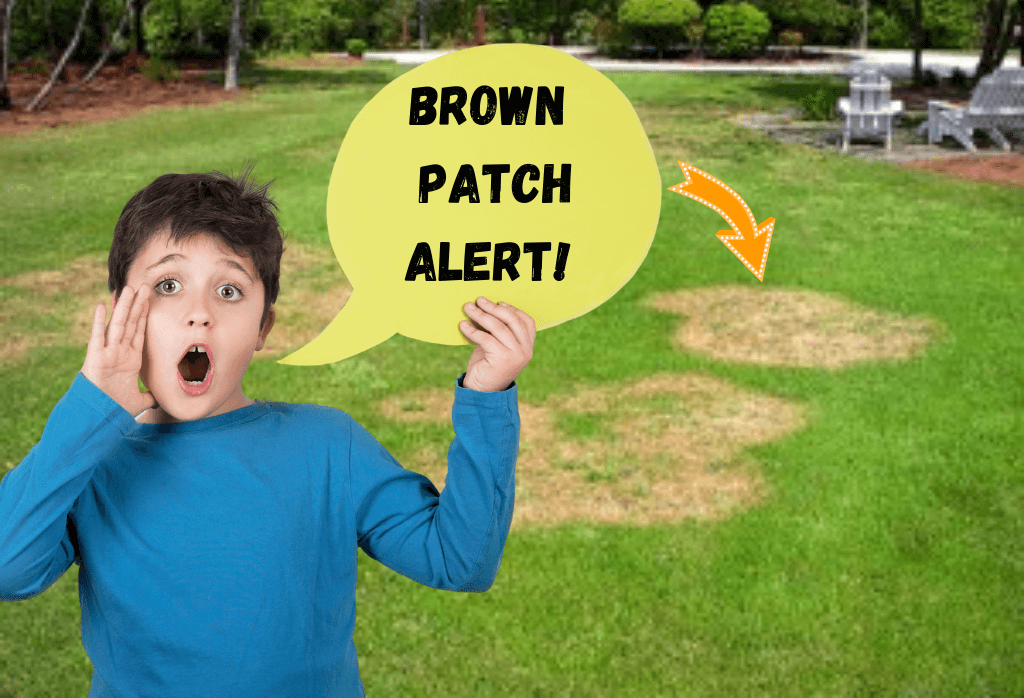Brown Patches In Your Lawn
One of the most common summer lawn problems is the formation of browned out patches of grass, usually in sunny areas. And, while the condition may be related to nothing more than the particular grass variety in that part of the lawn, specific pests can cause this discoloration and serious damage.
Here are several examples of browned out turf and the causes:
Brown spots of grass starts as burn type lesions on blades. It can move down the leaf in severe cases to the crown of the plant, causing significant damage resulting in crown rot. When conditions change, the disease will fade out.
First seen as small, silver dollar-sized spots in the turf. If warm, humid conditions persist, spots coalesce or grow together, forming large browned out areas in the lawn. Like other diseases, when conditions change, cooler, dryer weather, this disease will disappear.
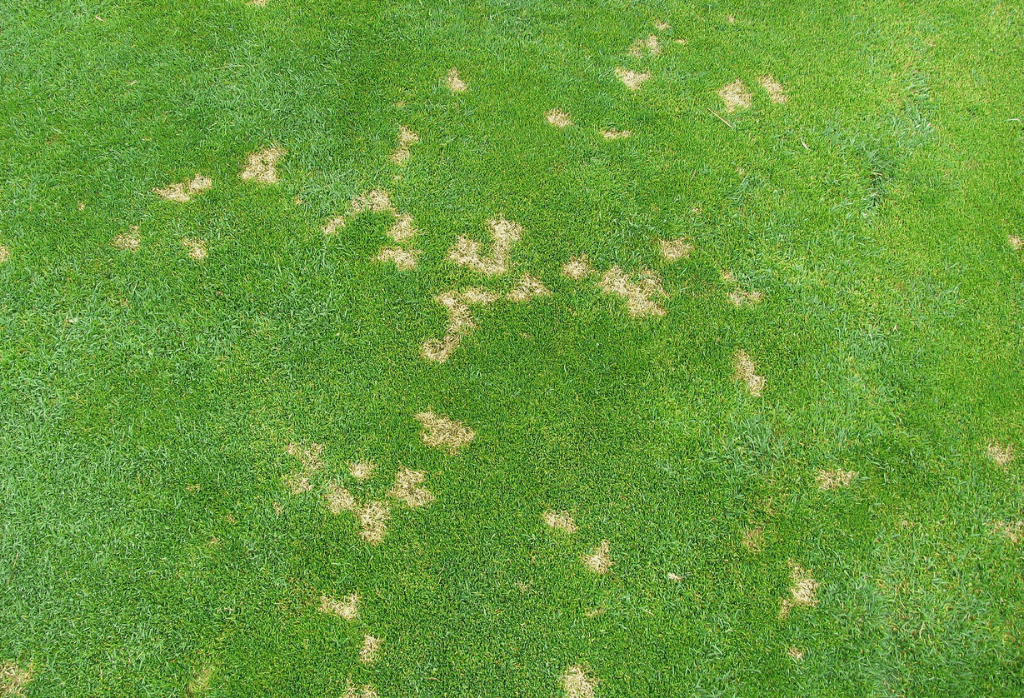
How Do Brown Patches Form In Grass?
Brown patches form in your grass usually during hot, summer weather. This soil active disease is tough to eliminate and can severely damage sunny areas of the lawn. It is most often found in Turf Type Fescue lawns. While active, damage can be minimized by maximizing proper mowing and watering procedures. Disease control applications provide good control in most cases. Mow tall and provide 1.5 inches of water each week in lieu of rainfall. If turf is destroyed, reseed or sod with resistant varieties.
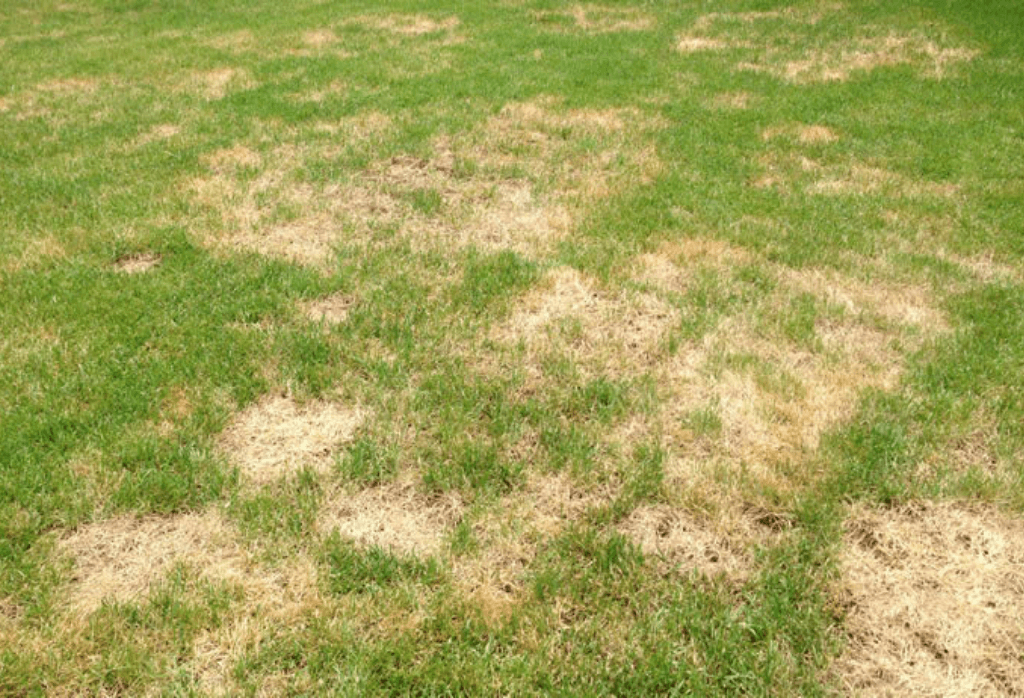
Brown Patches in Grass Caused By Grubs and Other Pests
Hatching from beetle eggs, white grub larvae feed on grass roots all summer long. If not controlled, damage can be severe. Grub prevention treatment in June and early July is the best option for control. To identify grub damage, grasp turf and pull up. If grubs are active, roots will likely be destroyed, and the turf can be rolled back like a carpet.
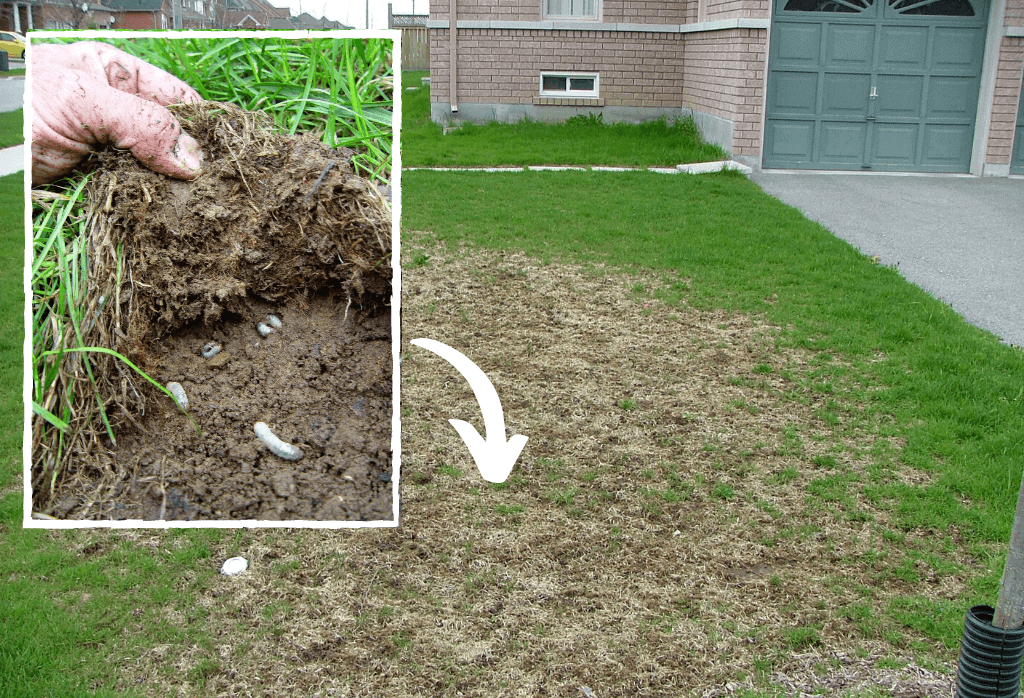
In summer, lawn moths lay thousands of eggs across the lawn. As the eggs hatch, webworm larvae feed on grass blades and can leave behind, large browned out patches of dead grass. With more than one life cycle per season, webworms can be a serious but controllable problem. An insect control application during the early summer will effectively stop the activity.
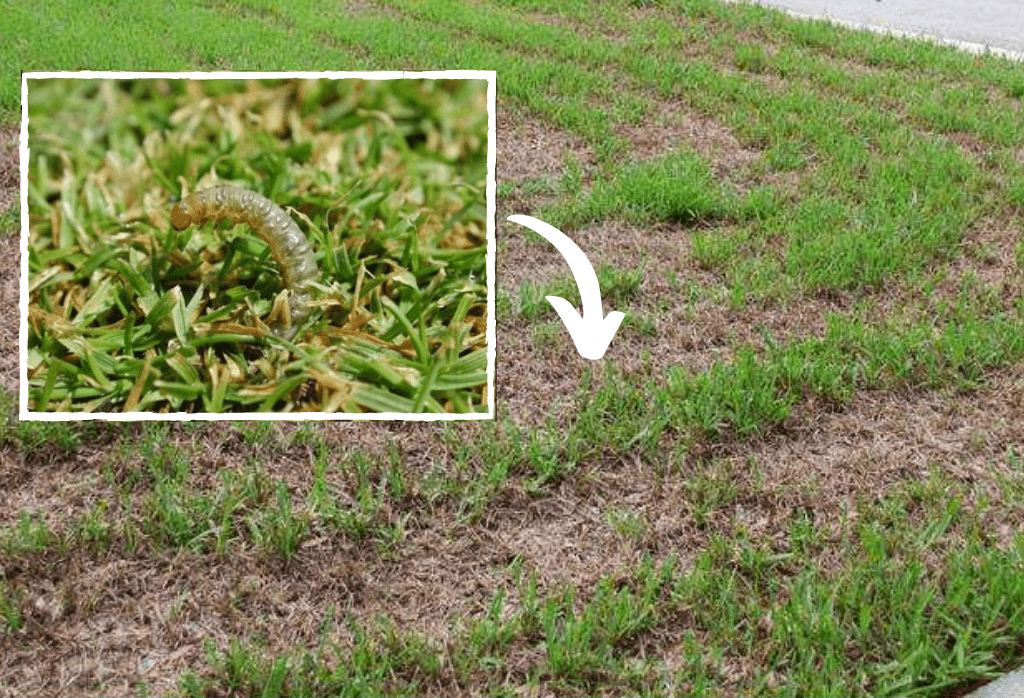
From the photos above, it is easy to see how lawn pests can and are mis-identified and, unfortunately mis-treated. Contact ExperiGreen for expert recommendations.
Join Our Free Lawn Care Newsletter
Stay Up to Date With The Latest News & Updates
* We don’t share your info with anyone ever.

